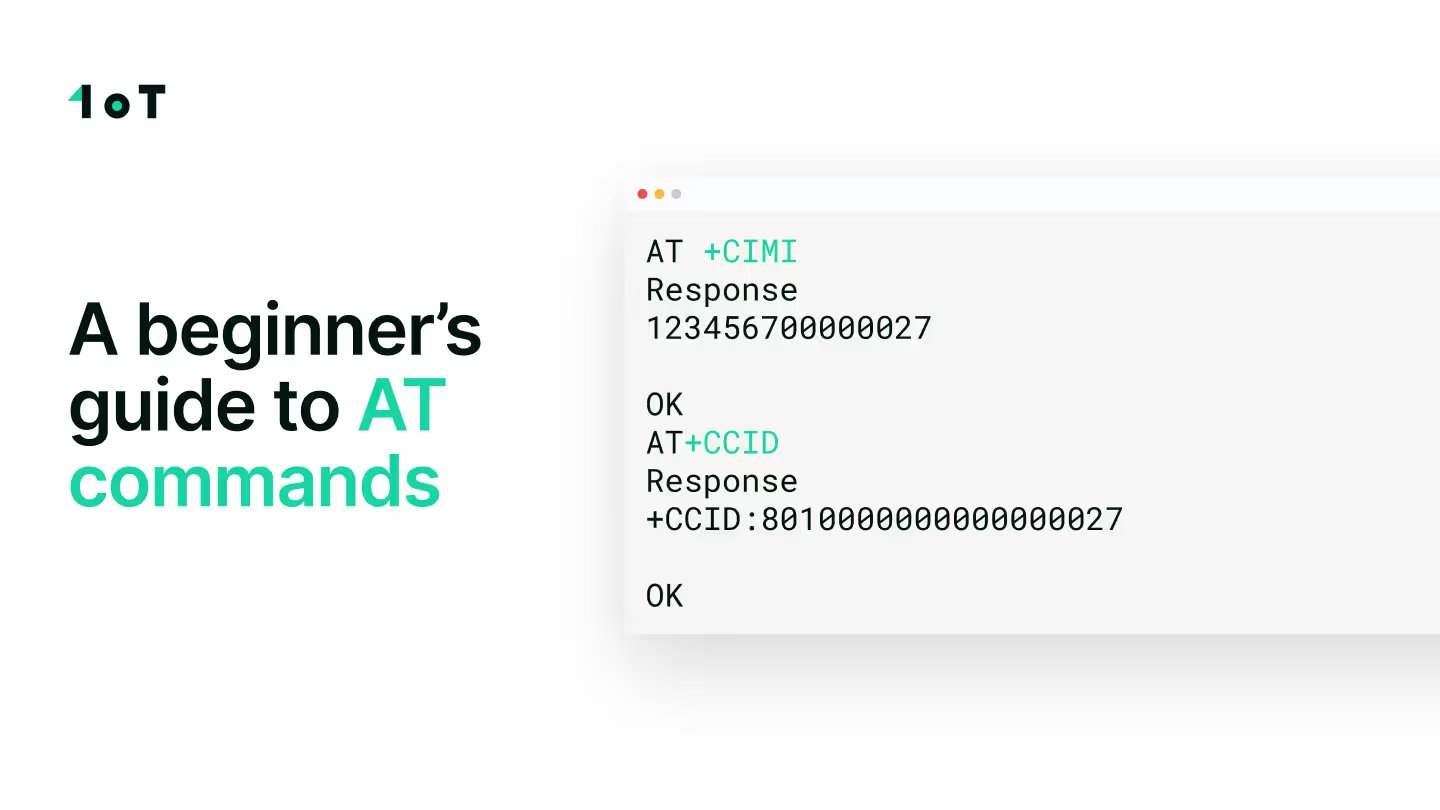Simplifying the IoT connectivity platform ecosystem

Anyone in the IoT and M2M industry knows the challenges associated with managing connectivity efficiently. Keeping track of SIMs, deployed countries, subscription states, all while trying to keep an eye on data consumption to keep costs down, is a tricky business.
Compound this as deployments scale, and you can have a headache trying to keep track of everything. This is precisely what Connectivity Management Platforms (CMPs) aim to streamline.
If you're not familiar with these platforms already, look at our previous blog post here.
In short, CMPs facilitate the management of (e)SIMs to give users an overview of their connections and control over the (e)SIMs to manage IoT and M2M deployments.
There are several different CMPs on the market that aim to provide an overview of IoT deployments and manage connectivity. However, not all are designed with the same end goal in mind. It's not a negative thing, but using a purpose-built platform for something other than what it was explicitly designed for can cause problems down the road.
Besides, older platforms that have been built piece by piece over many years can come with legacy issues or multiple system layers that are complex and hard to navigate.
Below we'll dive into some of the more prominent names on the market and where we see them fitting into this ecosystem.
Telecom Infrastructure Vendors
Big enterprises such as Cisco and Ericsson are often seen as the mainstay in the CMP field. Their platforms, Cisco Jasper and Ericsson DCP are often used by carriers using the vendor for multiple elements of their network infrastructure.
It's a logical choice to use the same vendor for your connectivity management platform that you are also getting the rest of your network elements from. These platforms account for over 100 million IoT connections with carriers all over the world.
However, there is a downside to getting a CMP from such a large vendor, such as Cisco and Ericsson, namely the price and complexity to set it up with your systems.
The pricing models for carriers is one of the main barriers of entry for smaller MNOs and especially MVNOs to use these systems. Plus, the rigid pricing model means that there is far less flexibility for creating innovative pricing models for your IoT customers.
Also, while there is the possibility of having your logo on the platform, it is not a genuinely whitelabel option as the instantly recognizable Jasper or DCP URL and layout is still present.
These are complex platforms that require training to understand and are not flexible enough to accommodate every use case, particularly in the fast-evolving world of IoT.
Similarly, when it comes to the functionality built into the platform, while it can accommodate many use cases, it has primarily been developed for yesterday's IoT use case and is lagging behind other platforms when it comes to new and innovative features that push the market forward.
Additional Platforms
Other players in the market have also developed their connectivity management platforms, which are purpose-built with their specific needs in mind.
For instance, Vodafone has built up its Global Data Service Platform (GDSP) to serve its IoT business. This makes sense for a global carrier as large as Vodafone, which has many subsidiaries worldwide. However, this approach is impossible for most other carriers, even those that belong to a larger group company.
And while the GDSP platform can be used by other, non-Vodafone, carriers but it is essential to remember that it has been developed with Vodafone's business in mind, so it may not fit with the use cases or business models of other companies, particularly when it comes to custom modifications that are required.
In addition to what has already been mentioned, there are a few other notable platforms out there.
Both the Pelion CMP from ARM and the Nokia Wing platforms are used to manage IoT connectivity for many use cases. Something to keep in mind about platforms such as Pelion and Wing is that the companies developing them focus on software and services across the telecom and IT sectors.
This may be an advantage if you are already familiar with the company through using other services with them, however, the drawback is that their CMP offering is just one of many products and their insight into the rapidly evolving IoT market may lag behind as they are having to remain competitive and keep up in many different verticals simultaneously.
Our experience
We started developing 1oT Terminal in-house in parallel with launching our IoT connectivity business. Over the years, we have understood similarly to IoT companies demanding flexibility; the same is true for the MNOs and MVNOs offering IoT and M2M connectivity.
1oT Terminal has one purpose of improving the experience of managing complex global IoT deployments. Both for the IoT business and connectivity service provider's sales, account and support managers. Therefore the 1oT Terminal stands apart from other platform's as we constantly improve the platform through feedback from our customers and the 1oT Team.
If you're shopping for a 3rd party connectivity management platform, let's talk about how 1oT Terminal enables MNOs and MVNOs to exceed their M2M business goals. Don't hesitate to write to us at licensing@1oT.com.















.avif)















.avif)























































